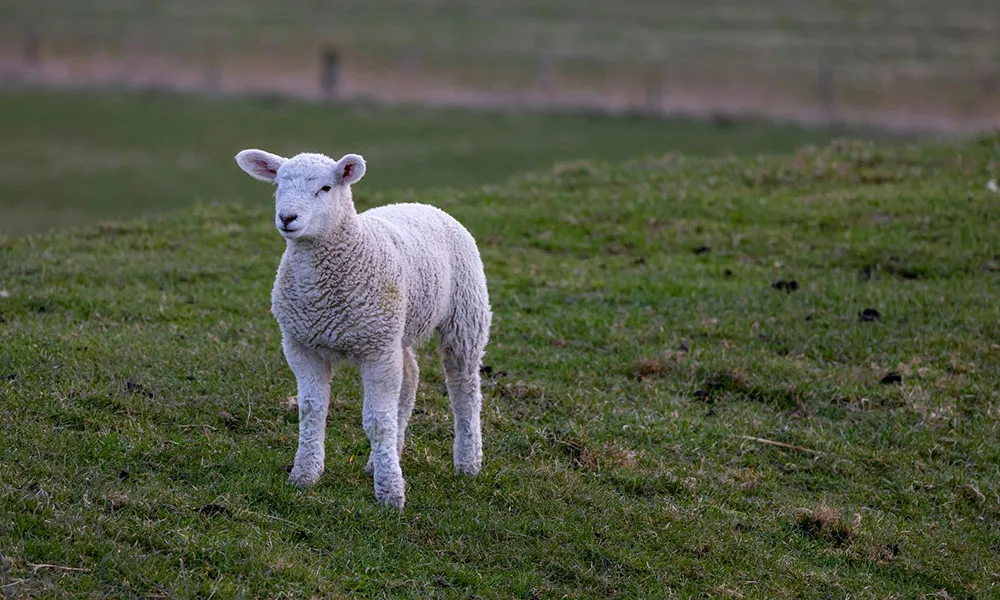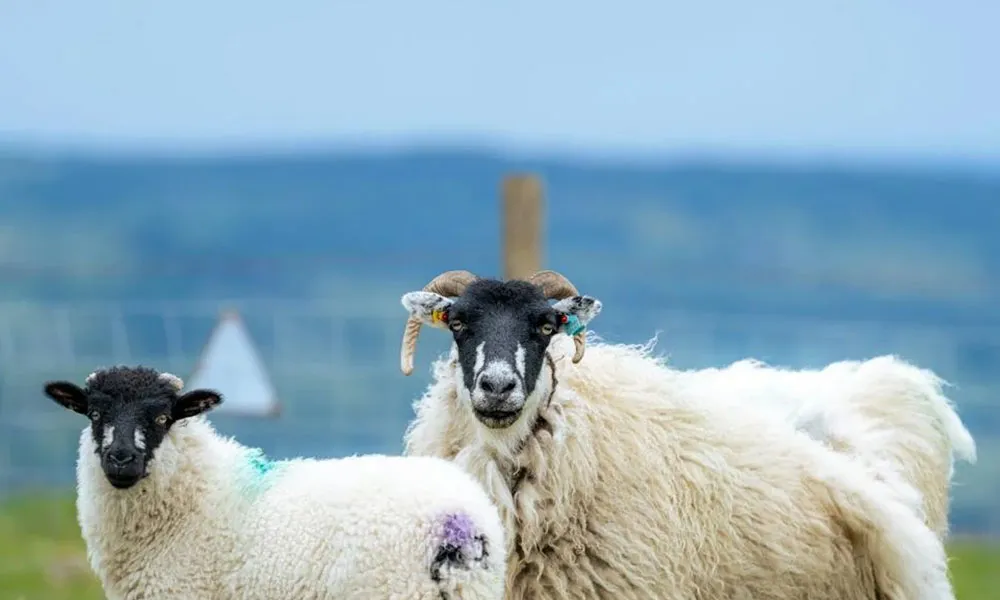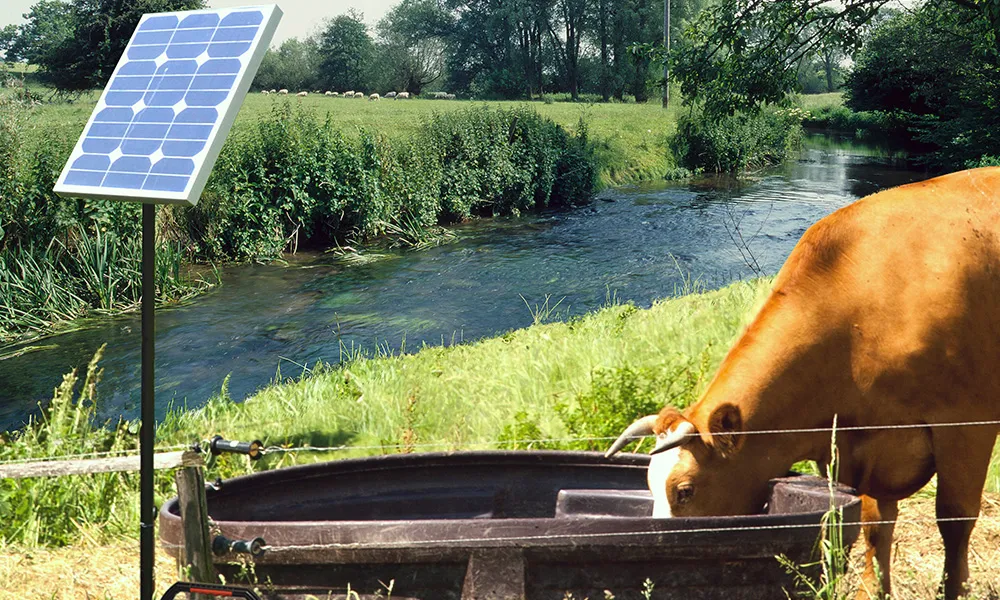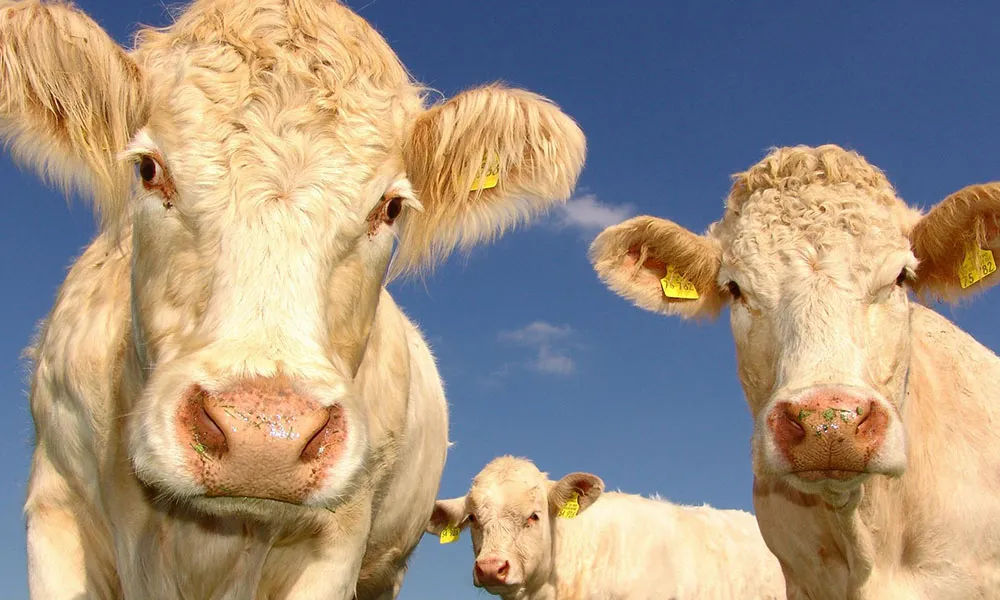
High hopes of an Indian Summer?
As we look towards the backend of the year with high hopes of an Indian summer, many farmers will consider purchasing store lambs. This may be a wise decision this year in particular. Given the unseasonable amount of rain that has fallen on the country in the last couple of months, a good autumn – if it comes – would deliver increased grass growth in September and even into October. Buying stores would be an ideal way of capitalizing on any late surge in growth.
Grass finishing
Ideally, when buying store lambs, you should aim to finish them on grass alone. Meal feeding should be kept to a minimum because, generally speaking, the more feed you have to put into lambs, the less you are likely to get in return. This is easier said than done, of course. Issues, foreseeable and unforeseeable, have a way of foiling even the best laid plans and, as any farmer will tell you, there are always issues with sheep.
If you are to have any chance of finishing store lambs on grazed grass, you will need to make some small, but necessary, investments in animal health and welfare. Timely disease prevention and treatment are essential. Healthy lambs will thrive on good grass alone, but weak and sickly animals will fail and, ultimately, cost you money.
Store lamb health issues
As is invariably the case when dealing with sheep, store lambs are prone to a number of illnesses that may need to be addressed during the autumn months.
Pasteurella pneumonia
Lambs are especially vulnerable to pasteurella pneumonia – a disease caused by an organism that lives on the animal’s tonsils. Sheep usually fall prey to pasteurella when they are run down. Indeed, healthy sheep may carry the infection without succumbing to serious illness or even exhibiting symptoms. However, because the disease is so prevalent among stores, you should try to purchase lambs that are already vaccinated against it.
It may also be no harm to vaccinate the flock again, about a month after purchase.
Orf
Newly weaned lambs have a compromised immune system and this makes them vulnerable to other parasitic, bacterial and viral infections. Among these, orf is one of the most common. However, it is not generally recommended to vaccinate against orf, as you may only be introducing the problem to your farm by doing so. If you do notice some of your stores showing symptoms of the disease, you should treat it with Bactokill Orf Paste.
A few applications of this medicine, at intervals of 4 days, usually kills the virus quickly.
Worms
Similarly, parasitic infections of the stomach, lungs and liver (worms) are a common issue in store lambs that have been weaned recently. However, high levels of anthelmintic resistance observed in Ireland mean that you should no longer dose routinely for these parasites. Before dosing, you need to be sure that your animals do in fact have worms. A faecal egg count is the most reliable way to find out whether you need to treat for worms. If dung testing shows a high worm egg count, you should talk to your vet or retailer about the products available to treat disease.
All anthelmintic drenches should be administered in line with the manufacturer’s instructions.
Hoof conditions
A wet autumn creates ideal conditions for ailments of the hoof. Foot rot and scald are commonly observed in flocks in the backend of the year, and store lambs are often especially vulnerable to these problems.
The best treatment for lameness is usually a footbath in a solution of copper sulphate (10%).











